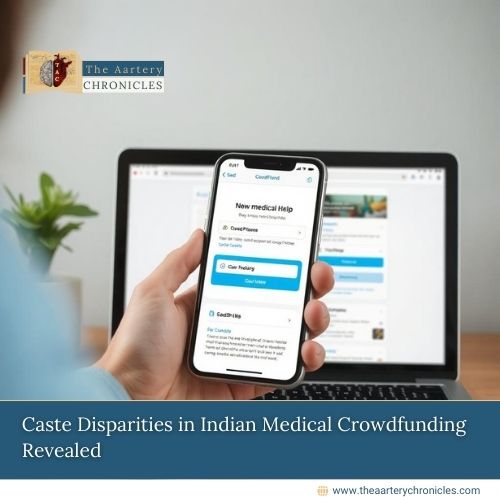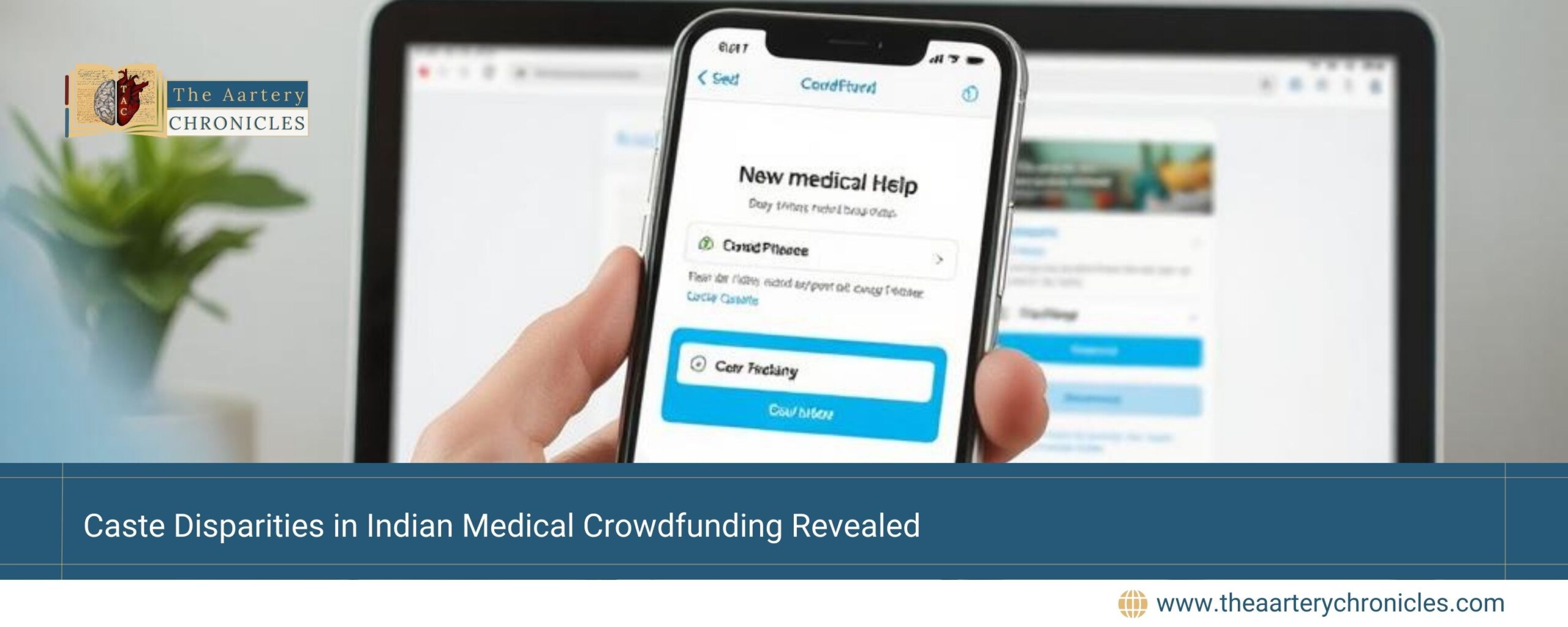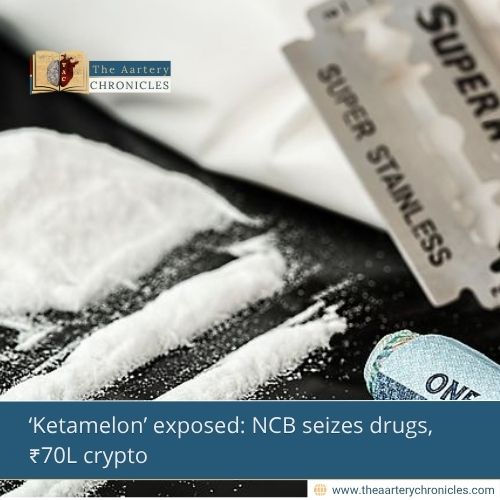

Caste Disparities in Indian Medical Crowdfunding Revealed
Introduction
A recent study by the Indian Institute of Management Bangalore (IIMB) reveals significant disparities in medical crowdfunding based on caste in India. The research, titled ‘Caste Inequality in Medical Crowdfunding in India’, was conducted by IIMB faculty member Aprit Shah and published in the Journal of Development Studies in August 2024. It analyzed 8,721 crowdfunding campaigns on Ketto, a major Indian platform, between February 2020 and December 2022.
Dominant Caste Groups Raise More Funds
The study found that campaigns initiated by individuals from dominant caste groups raised substantially more funds compared to those launched by individuals from marginalized groups, such as Scheduled Castes (SC) and Scheduled Tribes (ST). Campaigns led by SC and ST communities made up just 10.2% of all campaigns but only collected 8.4% of the total funds raised.
In comparison, campaigns by individuals from dominant caste groups referred to as “OTHERS” in the study, raised 30% more funds than the average SC campaign and 10% more than the average ST campaign.
Caste Identity and Fundraising Success
The researcher identified caste affiliations using the ‘Outkast’ open-source tool, which relies on data from the Socio-Economic Caste Census (SECC). The census includes a database of 140 million Indian names, making classifying caste groups based on common surnames easier. Names like “Sharma” and “Mehta” were associated with dominant castes. At the same time, surnames such as “Jatav” and “Valmiki” were linked to SCs, and names like “Basumatary” and “Boro” were commonly associated with STs.
Lower Donations for Marginalized Groups
The study highlighted that campaigns by SC and ST groups tended to attract smaller average donations, contributing to their lower overall fundraising outcomes. This trend persisted despite accounting for factors such as campaign content, visual appeal, timing, and location.
Fundraising Inequality
Another striking finding was the unequal distribution of funds among campaigns. The top 1% of campaigns raised 24% of all funds, while the bottom 16% received just 0.02% of the total.
Limitations and Broader Implications
The researchers acknowledged several limitations of the research. These include the focus on a single platform (Ketto), the absence of self-reported caste data, and the fact that the study only reflects a portion of society with access to online crowdfunding.
Despite these limitations, the study contributes to a growing body of research on inequality in crowdfunding, which has mostly centered on Western countries until now. The findings emphasize the need for more inclusive and equitable crowdfunding mechanisms in India.
Source: Inputs from various media Sources

Priya Bairagi
I’m a pharmacist with a strong background in health sciences. I hold a BSc from Delhi University and a pharmacy degree from PDM University. I write articles and daily health news while interviewing doctors to bring you the latest insights. In my free time, you’ll find me at the gym or lost in a sci-fi novel.








